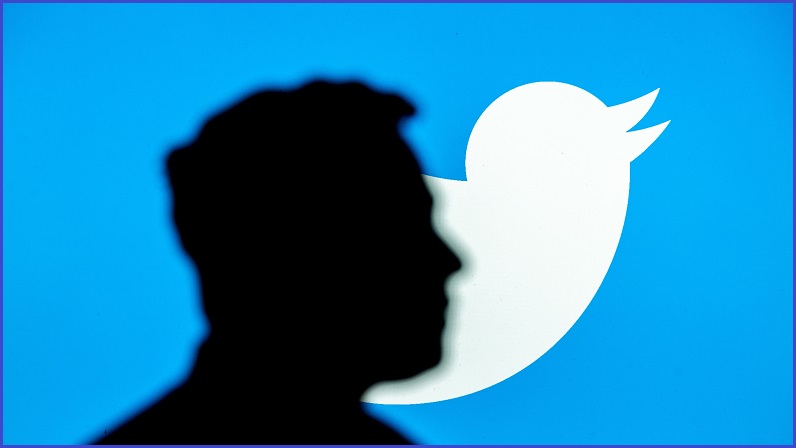When Elon Musk closed the deal to buy Twitter late last year, the company suddenly found itself facing a US$3 billion yearly deficit and was four months away from bankruptcy, the billionaire told the BBC in an interview last week.
Why was Twitter in trouble? Because Musk bought it.
“In rough numbers, in a normal year, Twitter would do let’s say four-and-a-half billion in revenue, four-and-a-half billion in costs. It was really kind of like a non-profit – they’d roughly break even,” he quipped.
The BBC’s James Clayton rightfully pointed out that breaking even and running a multi-billion dollar deficit were two very different scenarios.
Musk explained that “if you then add a billion and a half dollars in debt servicing, and have a massive drop in revenue” it makes for a dire outlook.
Speaking again “in rough numbers”, Musk outlined the equation: since he took over, Twitter was facing a US$1.5 billion drop in revenue and US$1.5 billion increase in expenses which, for a company that was breaking even, made for a US$3 billion “negative cash flow situation”.
But ultimately, this was a situation of Musk’s own making.
He had financed the US$44 billion purchase with US$20 billion of debt that early reports indicated would result in yearly interest payments of US$1.5 billion that Twitter was left servicing.
Twitter’s advertising revenue had fallen off a cliff in large part because of what Media Matters for America described as Musk’s “brand unsafe actions” that included amplifying conspiracy theories and reinstating banned accounts – including those of former US President Donald Trump and known neo-Nazis.
Within a month of him walking into Twitter’s San Francisco offices brandishing a sink, half its top 100 advertisers had pulled their ads.
How do you make a small fortune in social media?
— Elon Musk (@elonmusk) November 18, 2022
Start out with a large one.
Musk claimed last week that “most of the advertisers are coming back” following this initial rout.
He also said his first six months at the helm of the company have “not been boring” and that it is in a good position overall.
“We’re seeing some all-time highs in terms of total user time,” he said. “We passed eight billion user minutes per day, which is a lot of user minutes. So usage is up, growth is good. The site works, mostly.”
Data reported by Vox tells a different story, one in which Twitter’s overall traffic has been dropping with eight per cent fewer visitors in March 2023 than there were in March 2022. Similar year-on-year declines were seen in January and February.
By Musk’s own generous estimates, Twitter is now worth less than half what he paid. As a company, Twitter Inc “no longer exists”, according to court documents filed two weeks ago, and has instead “been merged into X Corp”.
A changing social media landscape
While Musk is trying to pull Twitter up from the nosedive he pushed it into, rival platforms have pounced.
Newsletter publishing platform Substack announced its Twitter lookalike Notes at the start of this month. Twitter retaliated by banning links to Substack.
This was also how Musk’s company responded to people fleeing his platform in the self-proclaimed free speech absolutist’s early days – outright banning links to Facebook, Instagram, and decentralised Twitter clone Mastodon.
Speaking with The Verge recently, Mastodon’s CEO Eugen Rochko said he started working on that platform in 2016 with a sense that the times were changing, recognising that “social media websites come and go”.
“They die. Even if they stay around, like MySpace did, nobody’s talking about MySpace like it’s a relevant thing anymore,” Rochko said.
“There are plenty more that have literally disappeared, like App.net, Google Plus, Friendster, or whatever. It is a graveyard, and I never believed that Twitter would be completely immune to that.”
Mastodon is built on ActivityPub, a social media standard recommended by the World Wide Web Consortium (W3C).
Blogging site Tumblr has said it will add support for ActivityPub and Facebook parent company Meta has said it is “exploring a standalone decentralised social network for sharing text updates” that is rumoured to be interoperable with ActivityPub.
Twitter co-founder Jack Dorsey is likewise working on a decentralised Twitter-like protocol called Bluesky which, much like ActivityPub, is intended as an open source social media standard.
These efforts toward interoperability standards will likely be looked upon favourably by regulators in the EU where its Digital Markets Act will require large messaging services like Whatsapp, Facebook Messenger, and Apple’s iMessage to interact with one another and other interoperability between social networks “will be assessed in the future”.
While its rivals look to the interoperable future of social media, Twitter has been busy changing its logo to a Shiba Inu – the face of cryptocurrency Dogecoin – and back again. It was a change that seemed perfect for April Fool’s day, if it hadn’t happened three days late.
Information Age emailed Twitter’s press team for comment but received only an automated smiling poo emoji.










